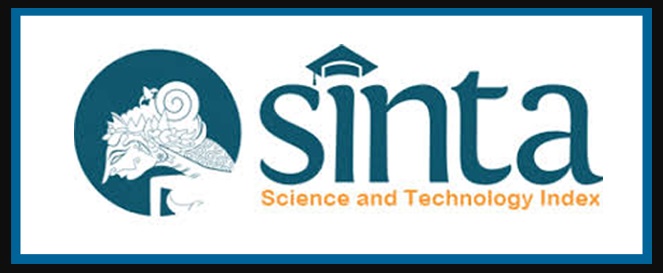Analisis Pembentukan dan Perubahan Makna Wasei Eigo pada Situs Jejaring Sosial Ameba Blog
DOI:
https://doi.org/10.23887/jpbj.v10i1.67586Keywords:
wasei-eigo, word formation, meaning, wasei-eigo typeAbstract
This study aims to identify the formation, change of meaning, and types of wasei-eigo found in the Ameba blog. The underlying theories are Tsujimura's (2014: 150) Japanese word formation, Irwin's (2011: 143) compound word shortening theory, Chaer's (2013: 140) meaning change theory, and wasei-eigo types according to Shibasaki, et al (2007: 90). The method used is qualitative descriptive method. The data analysis technique applied is translational pairing. The base technique is the technique of sorting out the determining elements (PUP) with the advanced technique of comparative relationship to distinguish (HBB). The analysis yielded 14 wasei-eigo words in the fashion category of Ameba blog. The data consisted of 9 compounds, 3 words experienced shortening type compound truncation, 1-word experienced shortening type morpho-orthographic truncation, and 1-word experienced shortening type compound truncation and ellipsis middle truncation. In the change of meaning, 4 data experienced narrowing, 1 data experienced expansion, and 9 data experienced total change of meaning. Additionally, out of the total data, 5 data involved imizuregata, 4 data involved eigohyougenfuzaigata, and 5 data involved tanshukugata and eigohyougenfuzaigata types
References
A. Chaer, Pengantar semantik bahasa Indonesia. Jakarta: Rineka Cipta, 2013.
N. G. Gollin, “Examining the Phenomenon of Wasei Eigo: English Pseudo-Loanwords in Japanese,” Thesis, Tuft University, 2013. [Online]. Available: https://dl.tufts.edu/concern/pdfs/5x21ts77w
M. Irwin, Loanwords in Japanese. in Studies in language companion series; v. 125. Amsterdam; Philadelphia: John Benjamins Pub. Co, 2011.
Japan Internet Com Editorial Department, “Riyōshasū, ameburo, fc 2, yahoo! Burogu ga 3 tsuyo ― burogu sābisu ni kansuru chōsa,” Japan Internet Com, Feb. 21, 2010. https://web.archive.org/web/20100221224209/http://japan.internet.com/research/20090402/1.html?
Y. KURAHASHI, “The Use of English Loanwords in the Japanese Language: A Study on Learning English Vocabulary from English Loanwords,” JACET Chubu journal, vol. 9, pp. 109–123, Dec. 2011.
L. Miller, “Wasei eigo: English ‘loanwords’ coined in Japan,” in The Life of Language, J. H. Hill, P. J. Mistry, and L. Campbell, Eds., DE GRUYTER MOUTON, 1998, pp. 123–140. doi: 10.1515/9783110811155.123.
J. Norman, “Japanese University Student Awareness of Waseieigo | JALT Publications,” in JALT Publications, Tokyo: JALT, Aug. 2012, p. 442. Accessed: Aug. 26, 2023. [Online]. Available: https://jalt-publications.org/proceedings/articles/1768-japanese-university-student-awareness-waseieigo
J. D. Parera, Teori semantik. Jakarta: Erlangga, 2004.
Sanseido Editing Office, Miyasui katakana shingo jiten, 4th ed. Tokyo: Sanseido, 2021.
Hideko S., Katsuo T., and Yuki T., “Amerikahito wa wasei eigo o dono gurai rikai dekiru ka: Eigo bogo washa no wasei eigo no chishiki to imi suisoku ni kansuru chōsa.” Kokushokankōkai, Apr. 25, 2007. doi: 10.15084/00002174.
N. Tsujimura, An introduction to Japanese linguistics, 2nd ed. in Blackwell Textbooks in Linguistics. Malden, MA: Blackwell Pub, 2014.
Downloads
Published
Issue
Section
License
Copyright (c) 2024 Jurnal Pendidikan Bahasa Jepang Undiksha

This work is licensed under a Creative Commons Attribution-ShareAlike 4.0 International License.



